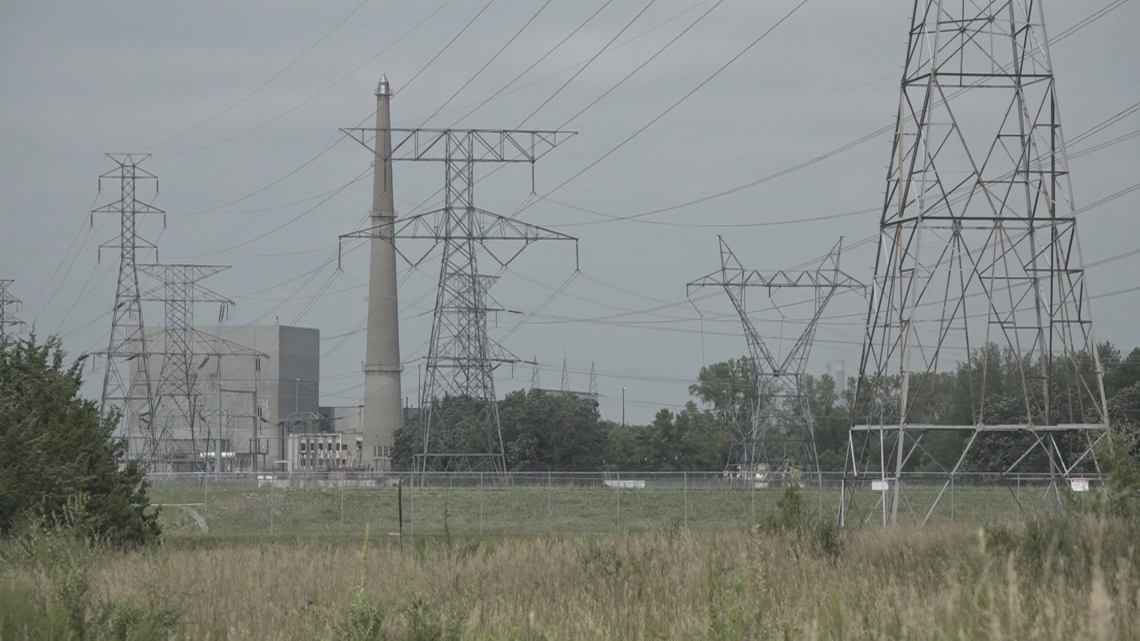The wireless alerts will replace sirens as the primary mode of emergency communications for Xcel.
MONTICELLO, Minn. — Over more than a half-century of operating the Monticello and Prairie Island nuclear plants, Xcel Energy has never experienced an emergency dire enough to trigger immediate notification to the public through a siren system.
But, in the event that the unthinkable does occur, Xcel announced this month that it has replaced sirens with wireless cell phone alerts as the primary form of emergency communications, through a partnership with the Minnesota Department of Public Safety’s Homeland Security Emergency Management division.
Pamela Gorman Prochaska, the general manager of Nuclear Fleet Operations, said utilizing Wireless Emergency Alerts for nuclear emergencies offers several advantages over sirens. The system would work similarly to AMBER Alerts or notifications for public safety threats or severe weather.
“We would be able to provide some context, as well as actions that we may ask that you take,” Prochaska said. “We think it’s the most effective and best way to communicate.”
According to Xcel, the notifications would reach anyone within 10 miles of the nuclear plants, in the event of an emergency posing an imminent risk to the surrounding public. The state would be responsible for actually sending the notifications.
“If there was an issue at the plant today, you would get notified via your phone,” Prochaska said. “You don’t have to take any action. Your phone is automatically enrolled in the system.”
The move to Wireless Emergency Alerts is hardly unprecedented.
In Minnesota, MnDOT began using WEA for road closures and severe weather information just two years ago. More specific to nuclear plants, energy companies across the country — from Pennsylvania to Virginia — have transitioned in recent years from sirens to Wireless Emergency Alerts.
“I think it’s actually a very good move,” said David Simpson, a professor at Virginia Tech and retired Rear Admiral who oversaw public safety and homeland security for the FCC. “You want to get the warning to as great a population as possible, with sufficient granularity of information, so that people can do something with that warning.”
However, Simpson said that sirens still have a place in emergency notifications, since people aren’t always near their phones.
“Sometimes they’re on vibrate, sometimes on silent, sometimes we’re just tired and asleep at 2 a.m.,” Simpson said. “I think the community will want to consider, are sirens still relevant for our need to be warned at 2 a.m.?”
For that reason, Xcel is donating its sirens to local governments that want to continue to use them for any type of emergency. Last September, the Monticello City Council voted to accept ownership of five sirens within city limits and take on the maintenance costs.
Rodney Foster, who lives nine miles from Xcel’s Monticello plant and often rides his bike on the public path near the facility, said he supports using both sirens and wireless alerts for any emergency.
“Maybe someone doesn’t have their phone, or their phone is out of gas. There could be a lot of reasons,” Foster said. “But they can’t miss the sirens. That’s what I think.”
